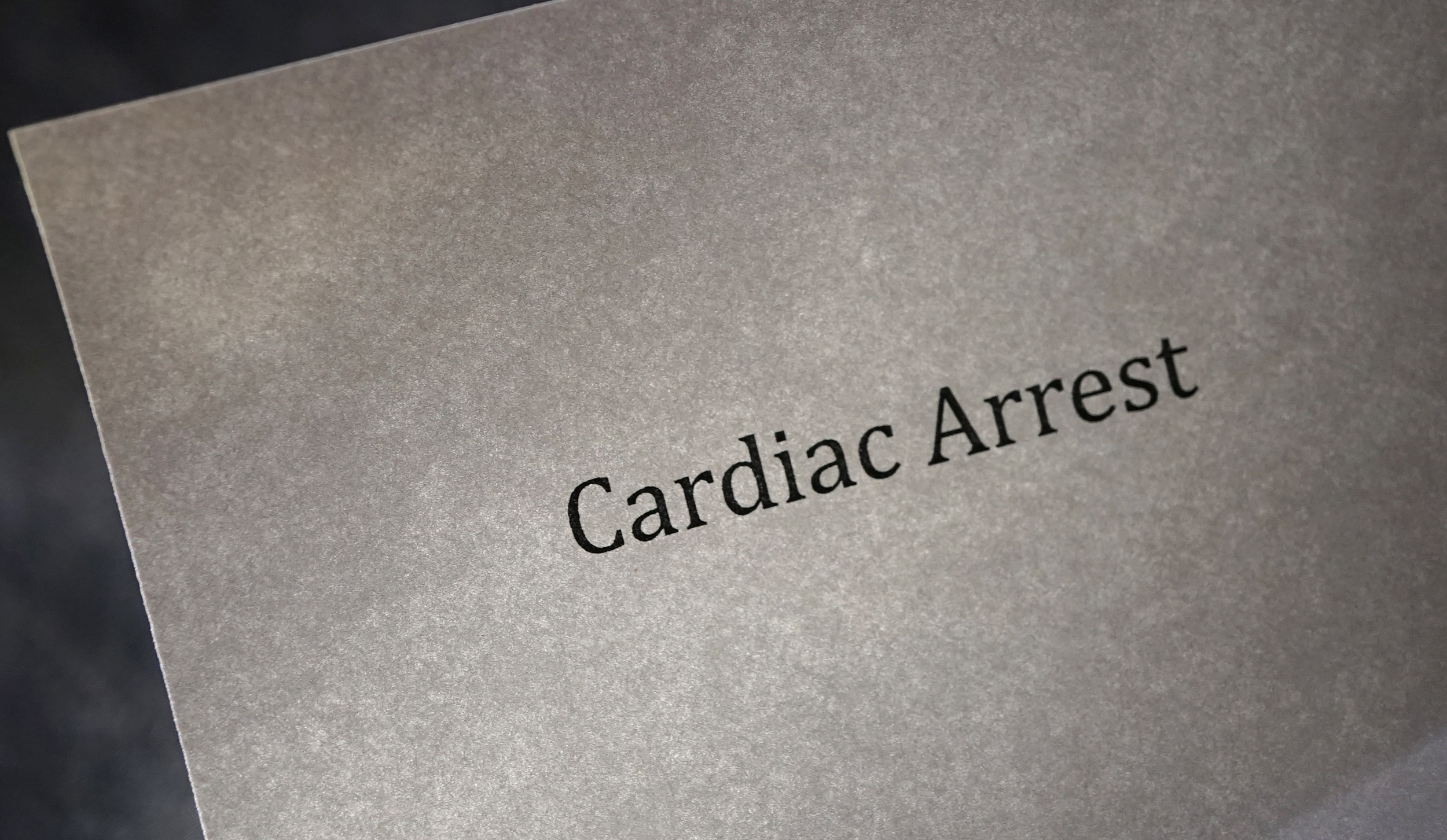
Patients who suffered cardiac arrest outside the hospital had better outcomes when bronchoscopy was performed soon after admission, research shows.
Data found an association with early bronchoscopy and a shorter intubation period, according to a study by Dr. Gregor S. Zimmermann and others, published in the Journal of Clinical Medicine.
“Early bronchoscopy within 48 hours after hospital admission with out-of-hospital cardiac arrest (OHCA) was associated with higher rates of ventilator-free patients in our retrospective cohort study,” the authors write.
The retrospective study out of a single center in Germany looked at 190 patients admitted for cardiac arrest between January 2013 to December 2018, to assess the optimal timing of bronchoscopy in those patients.
Once patients are admitted to the ICU for post-resuscitation care, they often undergo bronchoscopy to improve ventilation, which frequently has been impaired by the resuscitation required after severe cardiogenic shock, aspiration, and airway management in an emergency setting.
Because patients who have suffered cardiac arrest outside the hospital have high mortality rates, and survivors often require costly and complex intensive medical care, any ability for early bronchoscopy to make a difference would be a powerful tool for doctors.
The German researchers say their retrospective study is the first to assess the topic of early bronchoscopy and its impact on the duration of invasive ventilation. Additional research is needed to confirm their findings, they say.
About 1,000 adult Americans suffer out-of-hospital cardiac arrest each day, according to doctors Jacob C. Jentzer and Clifton W. Callaway in an excerpt from their book “Cardiac Intensive Care” printed in Science Direct.
“Survival after cardiac arrest has increased steadily over the past 15 years despite the lack of novel therapeutics as a result of multiple improvements in the systems of care,” the authors write.


